Note: The photos on this post were originally misidentified as Decaspermum humile. Thanks to @nightjarnatives who corrected the id on instagram!
Trochocarpa laurina or ‘Tree Heath’ is a large shrub to small tree which loves the shade. I have recently spotted it growing under large Eucalyptus in full shade, it also enjoys dappled light. It is often hard to find a beautiful plant for a shady spot that ticks all the boxes. Pretty foliage and flowers and provides fruit for the birds.
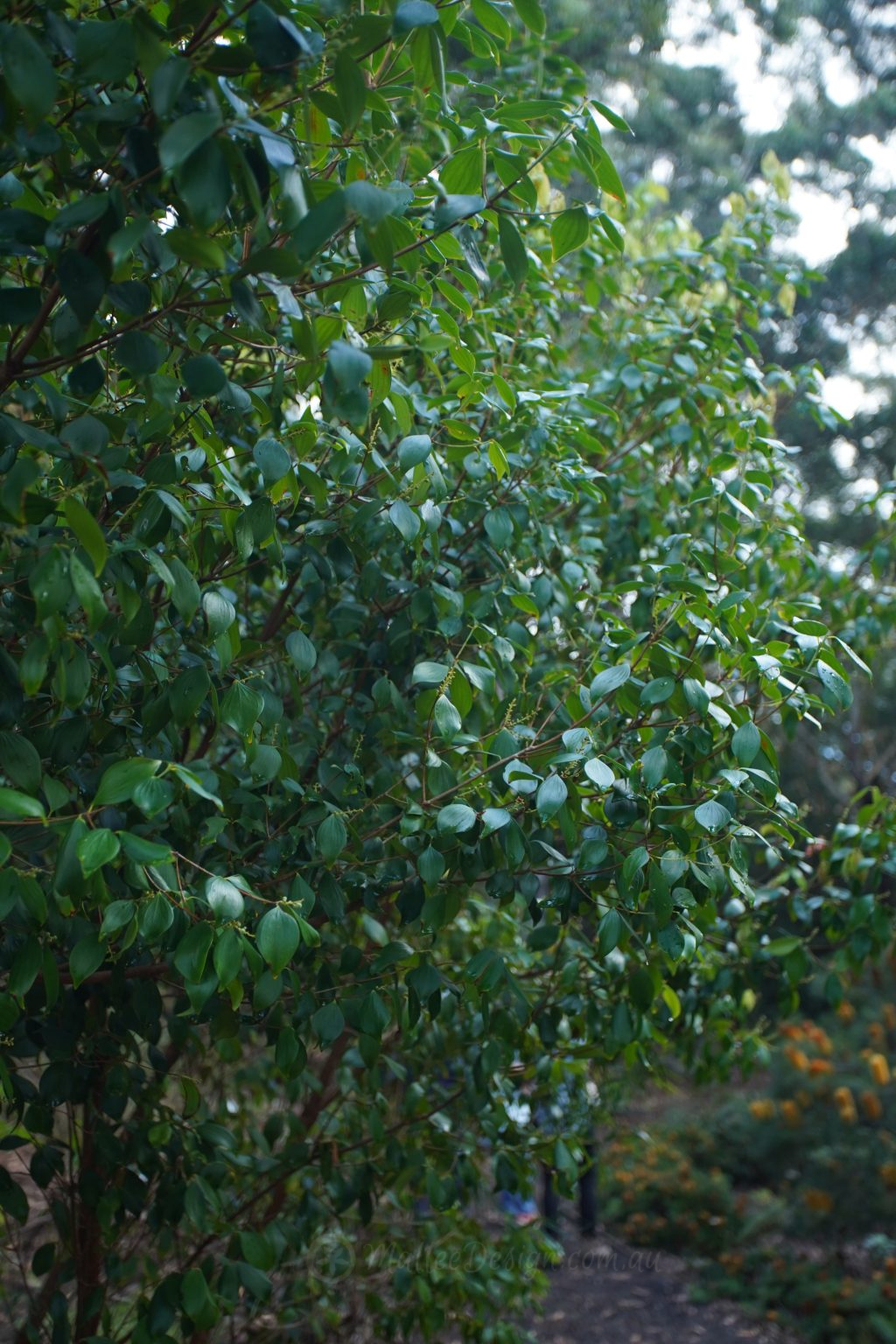
When new leaves appear they are varying from a shade of pink to red, similar to a Lilly pilly. The new leaves are delicate and silky with silvery hairs that are particularly appealing. As they age the leaves become green and shiny.
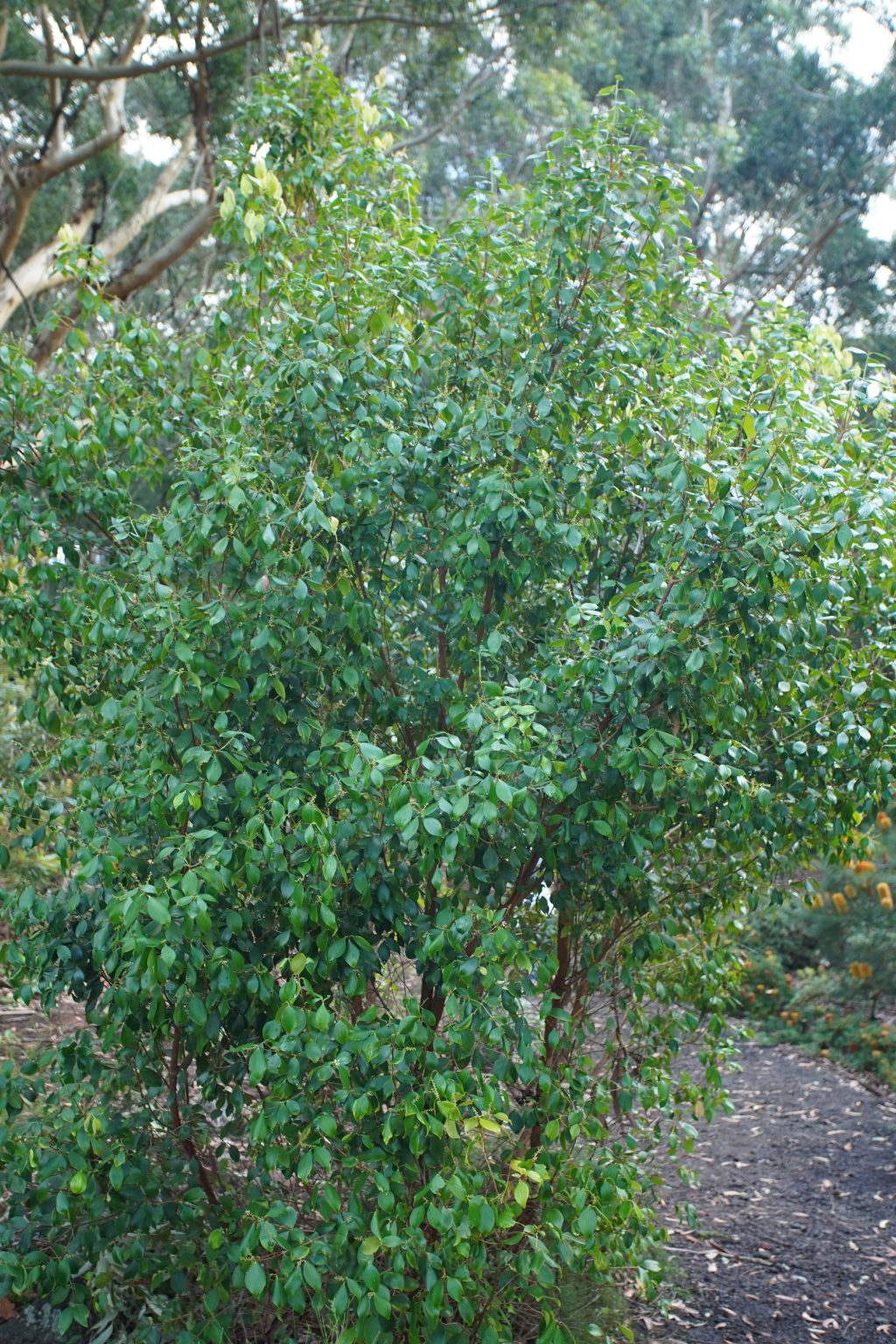
Trochocarpa is derived from the Greek ‘trochos’, which means wheel, and ‘carpos’ which means fruit; a wheel of fruit! This plant is growing from a tall shrub to a medium tree of up to 10mts or to 15mts in its natural rain forest habitat from the south coast of NSW to Queensland.
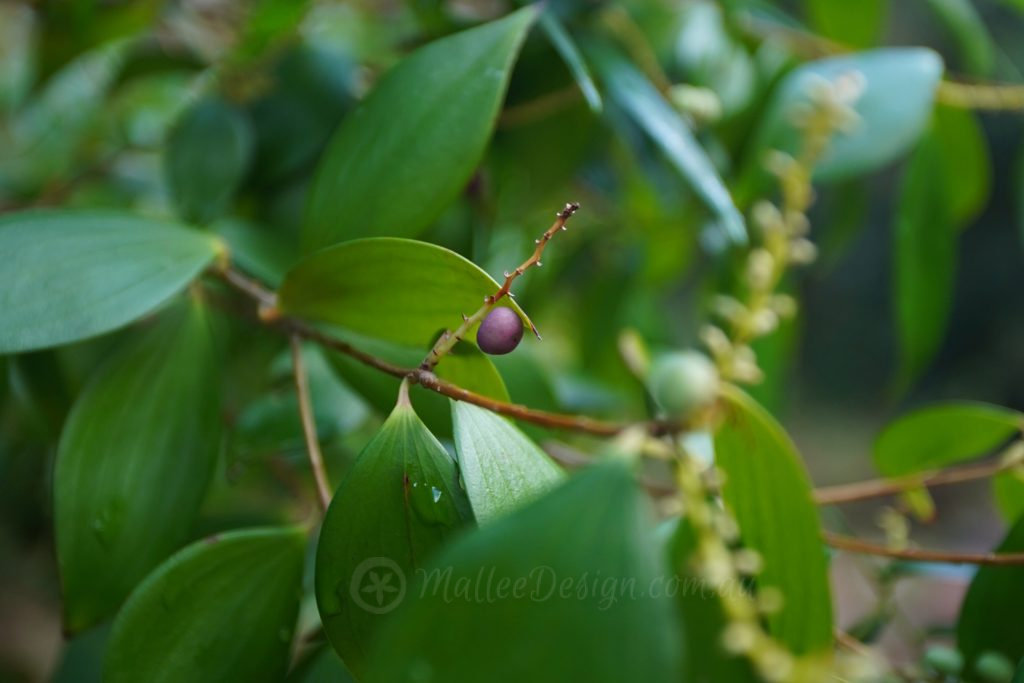
The common name for this plant is Heath tree but it is also known as wheel-fruit. It can take 2-3 years for the plant to fruit. These purple berries will attract fruit eating birds.
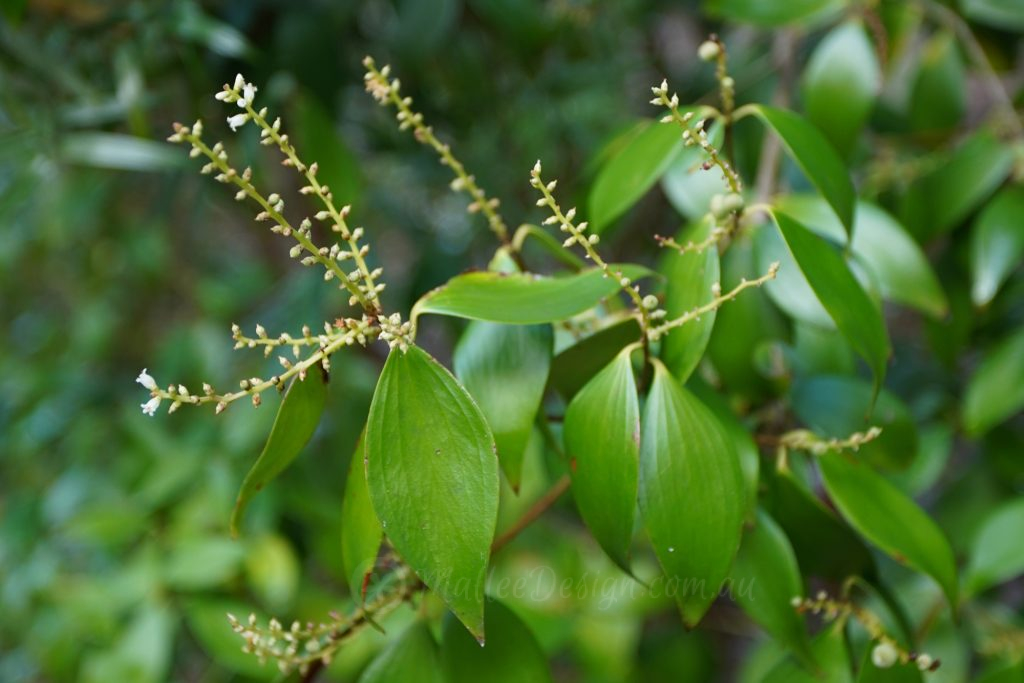
Flowering predominantly in Summer by bearing small tubular white flowers, it can spot flower all year around.
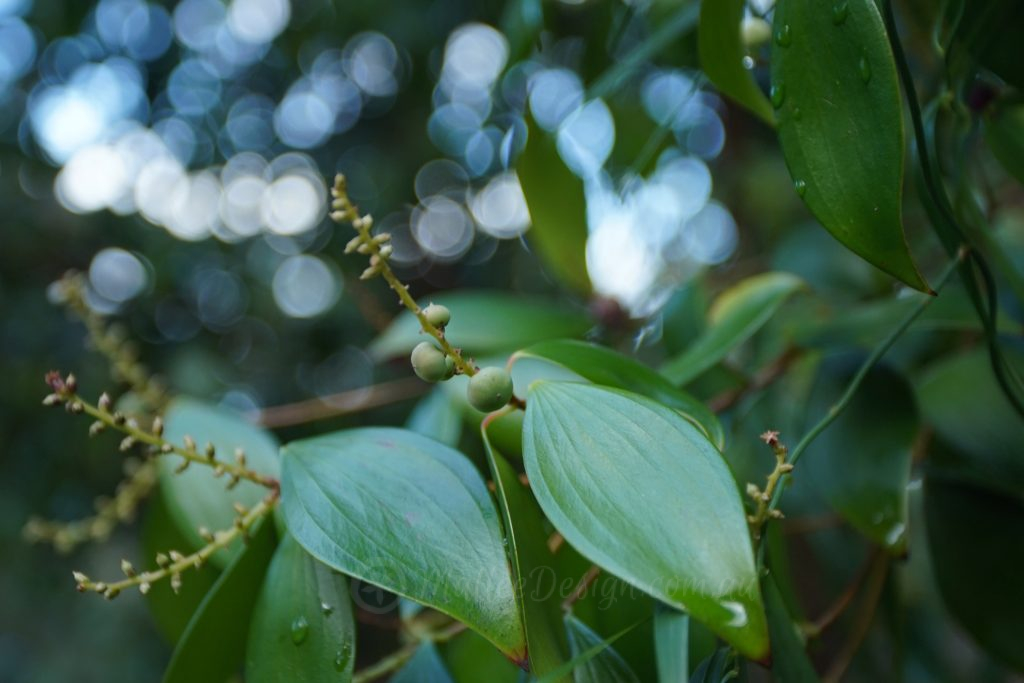
Can be used as under story planting and also useful as a compact hedge with width of approximately 2metres. It is susceptible to myrtle rust, this can cause moderate to severe damage and can need ongoing treatment. Otherwise this is a hardy species which deserves to feature more in residential native gardens.

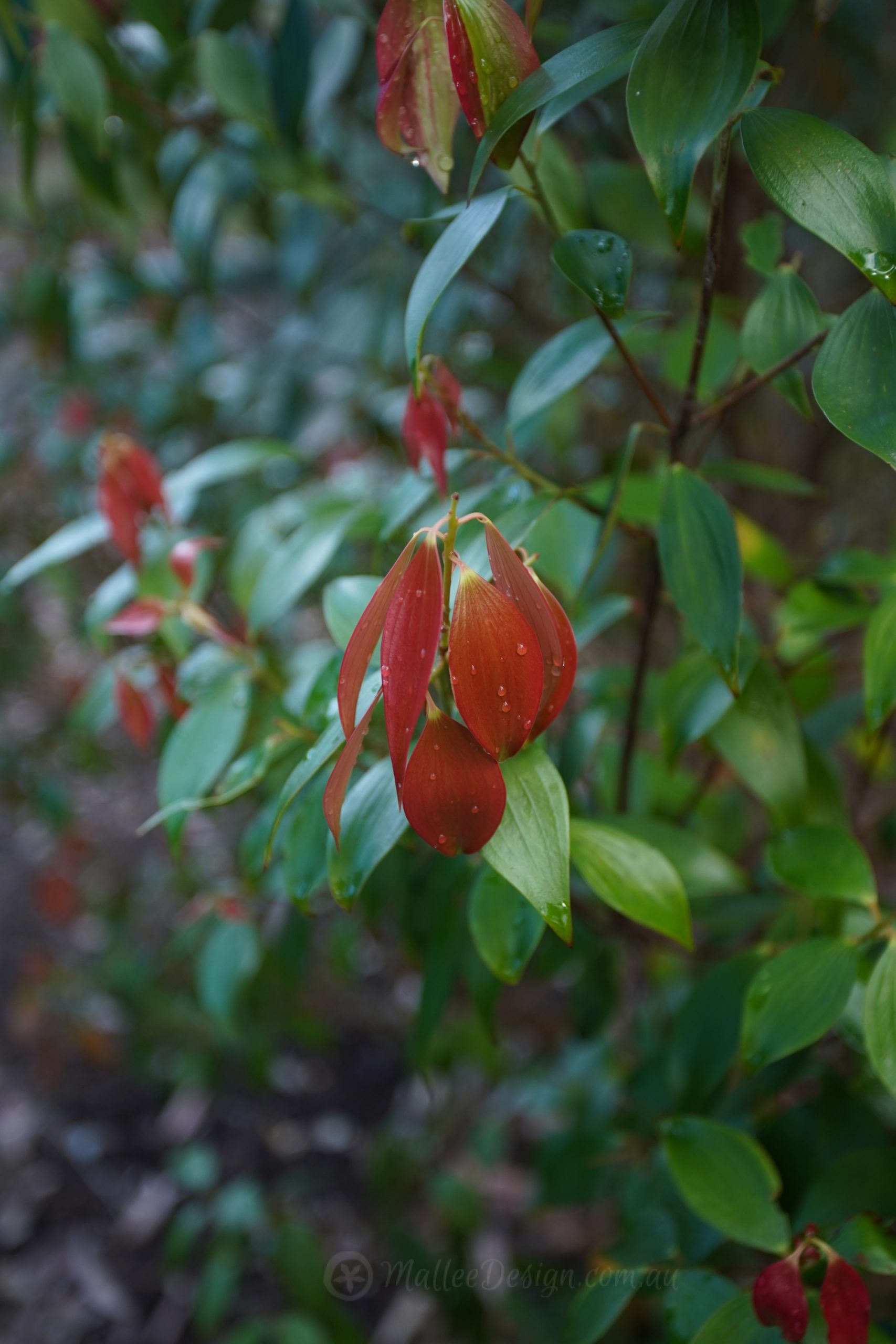
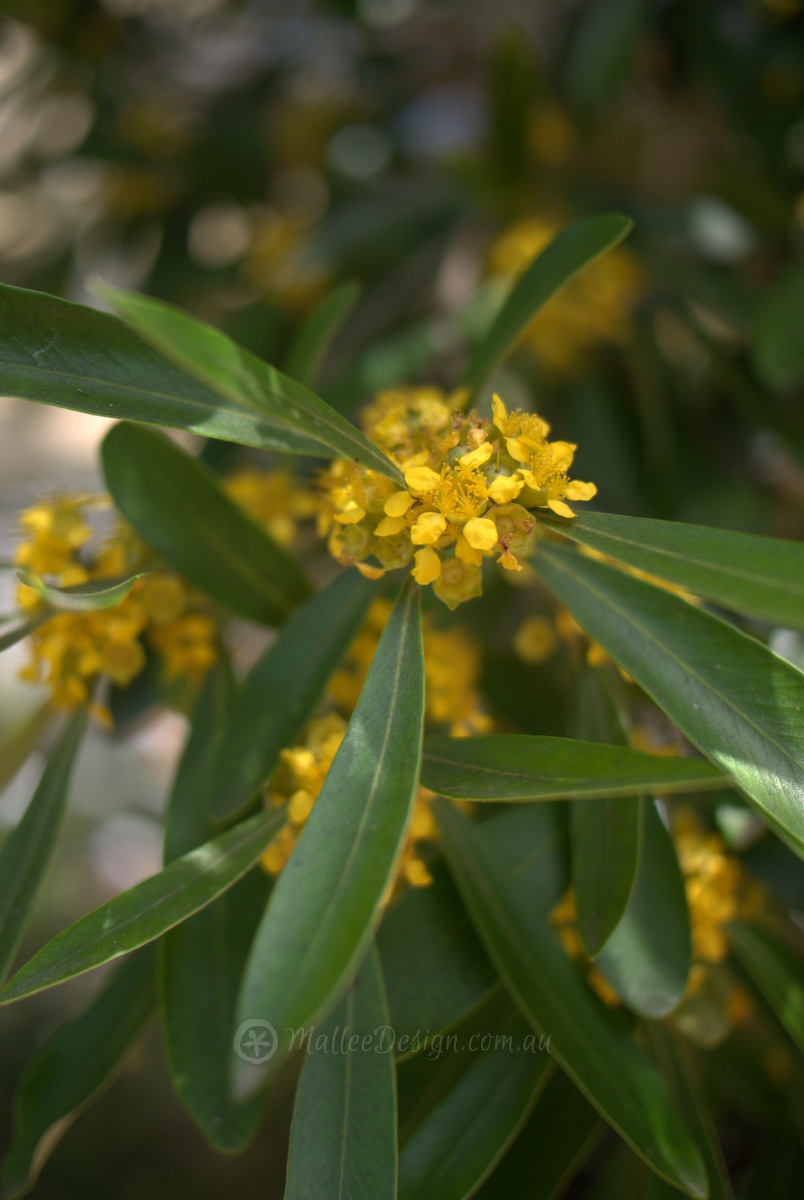
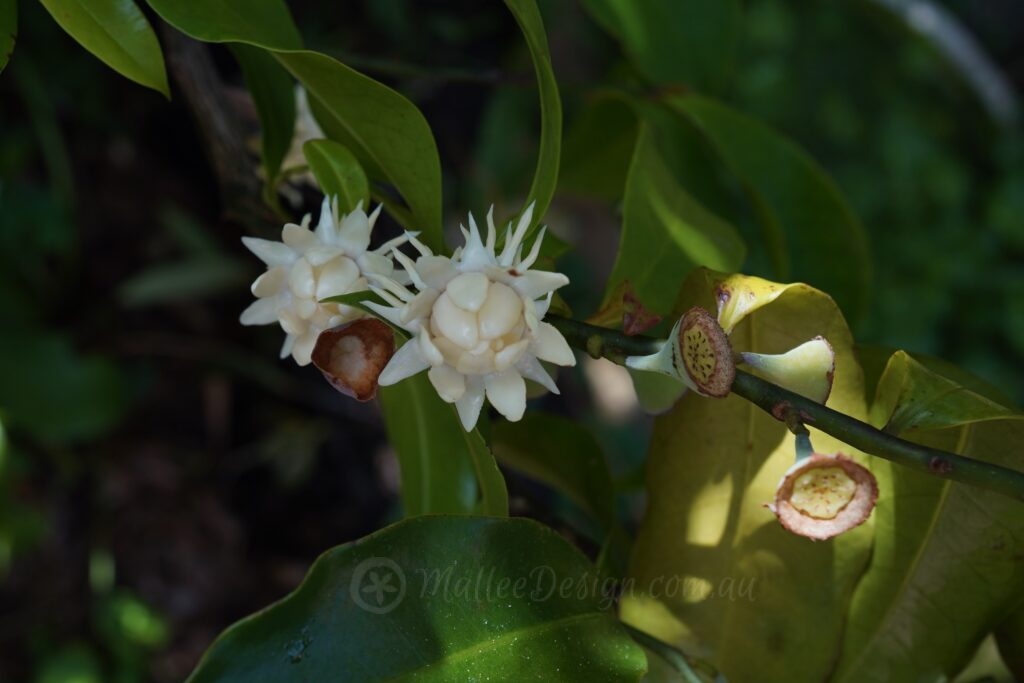
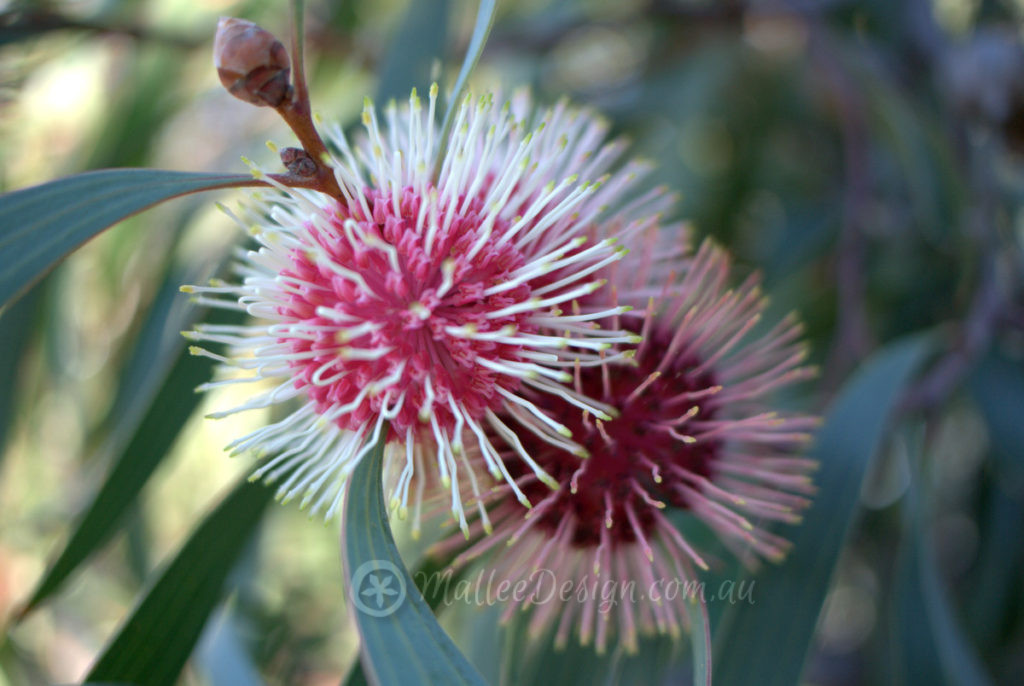
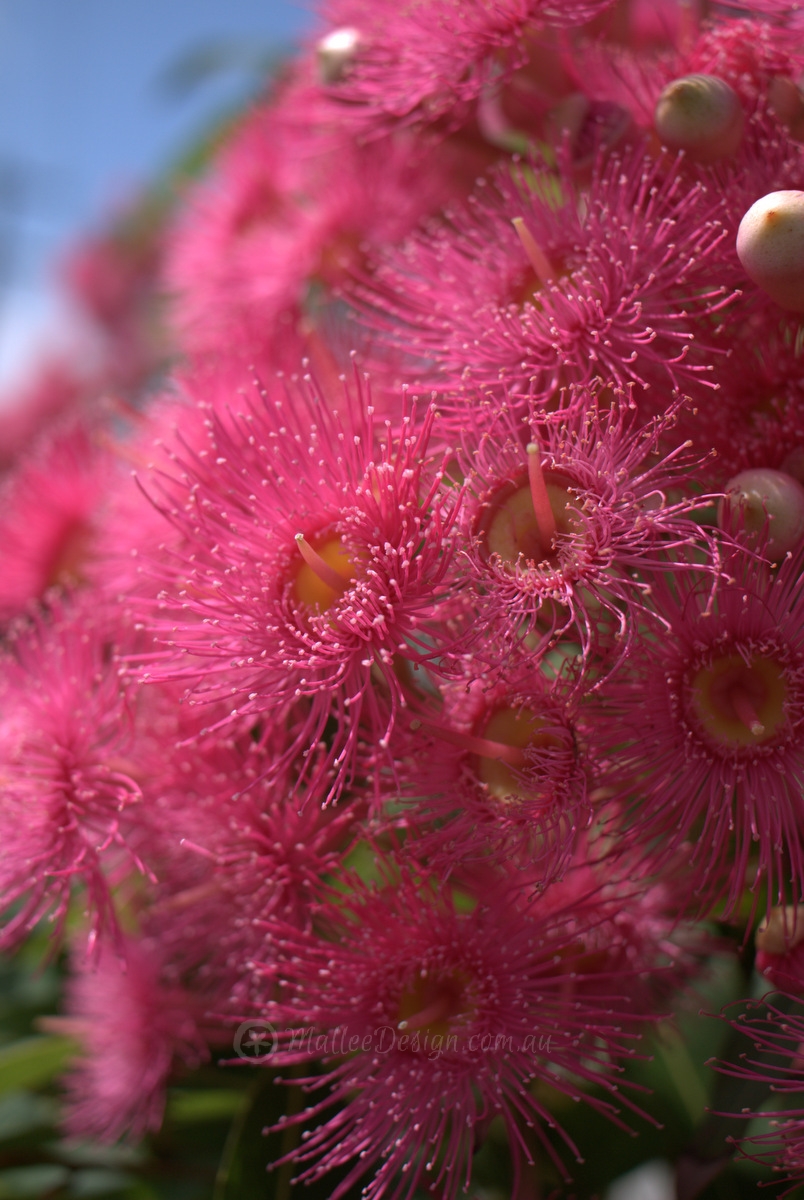
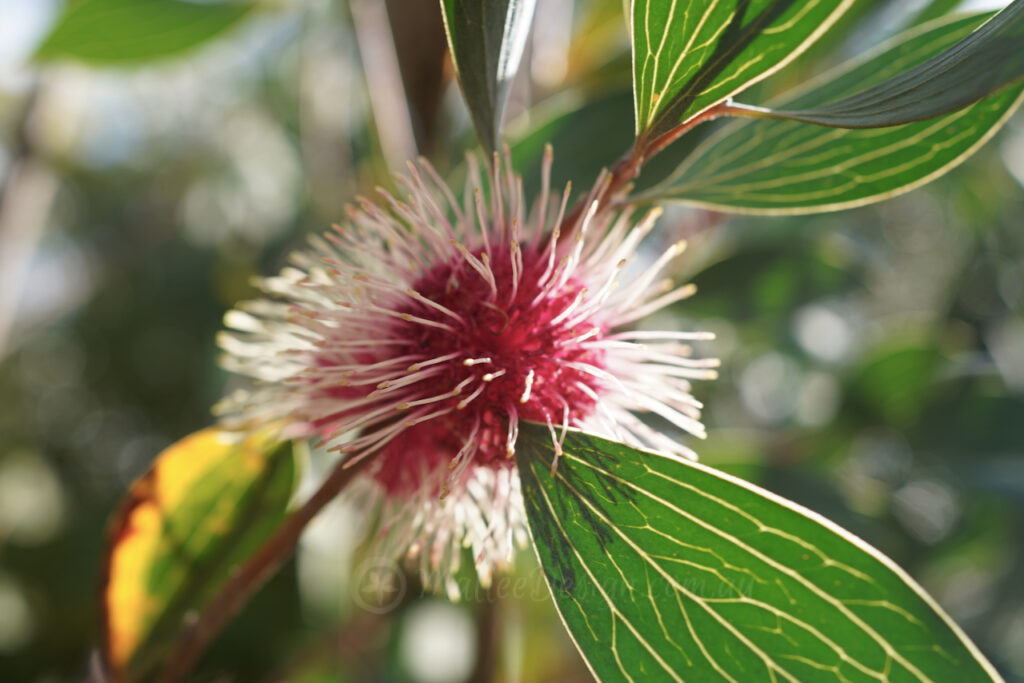
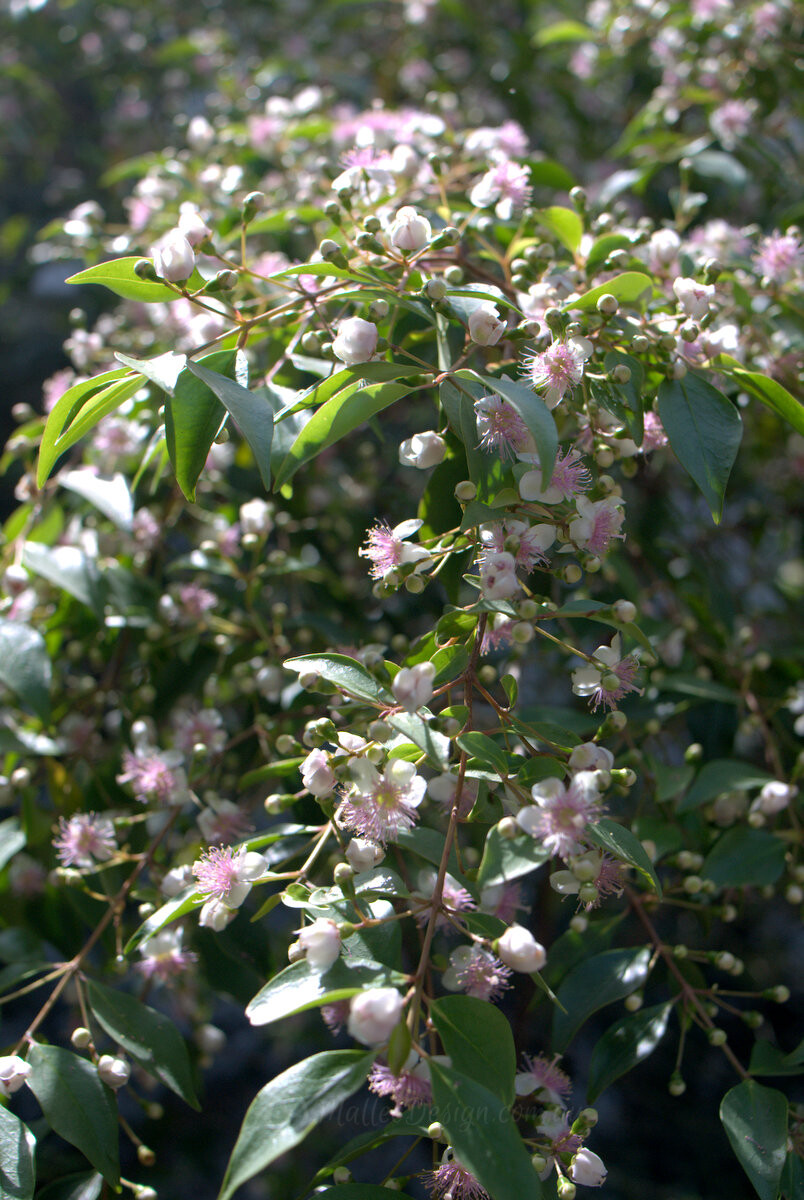
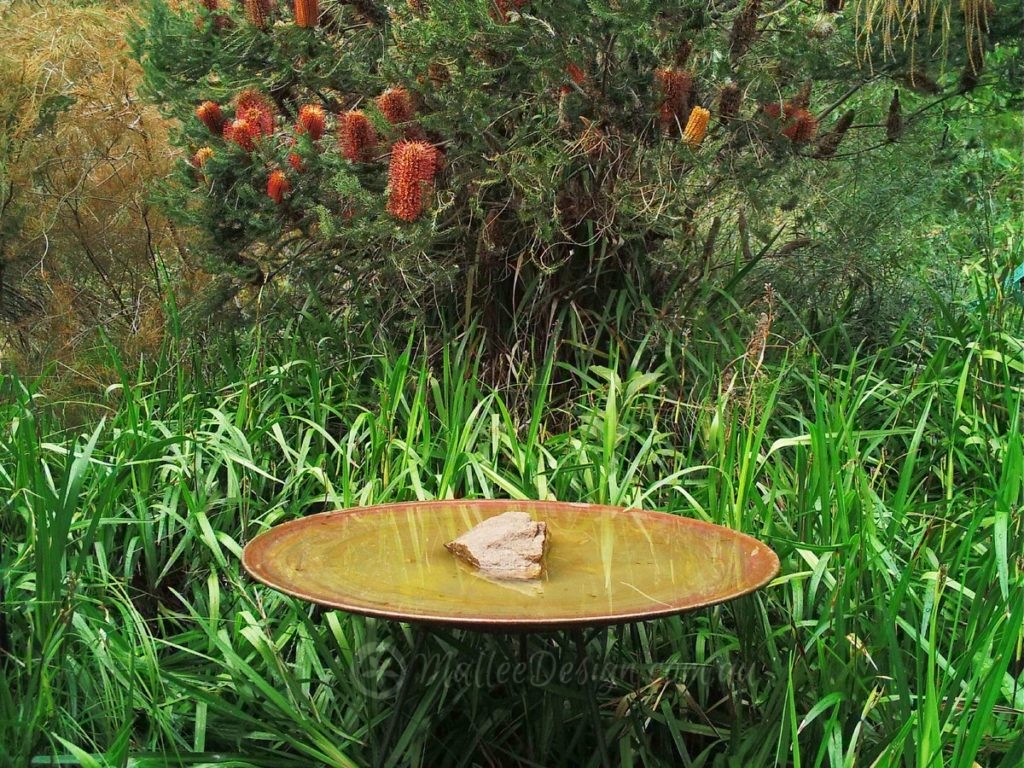
Leave a Reply